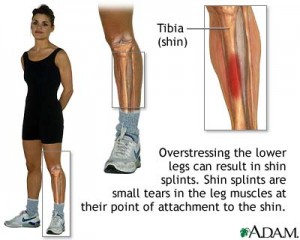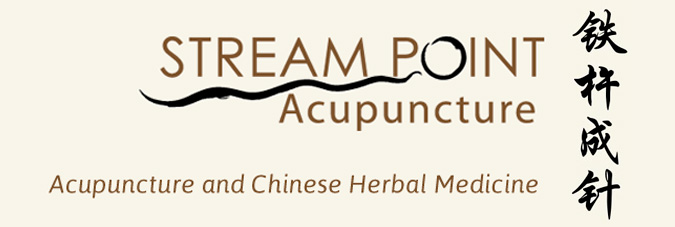 We have all been there. Whether you are an avid runner or just went hiking at Red River Gorge over this past, gorgeous weekend, you have probably experienced pain in your shins. Most of us just categorize this pain as “shin splints.” We don’t know what do except just tough it out. And, truthfully, there really isn’t a whole lot that you can do – if it really is shin splints. For years, the medical community has classified any pain that is on the inner side or outside of your tibia (shin bone) as “shin splints.” However, in recent years, research is showing that this pain can be attributed to a few different problems: Stress Fracture, Medial Stress Syndrome and Compartment Syndrome – most of which are caused by overuse. While it may seem that this is just causing more complications, it is actually important to figure out which condition may be causing your pain because there are different ways to treat each condition. So, first things first. Go see your doctor. If you have a stress fracture, or are in an advanced stage of Compartment Syndrome, it is probably best to stay away from your current activity for a while and to follow your doctor’s advice. However, if you are in an earlier stage or the pain is about 25% less than when your initial injury, the following could be helpful:
We have all been there. Whether you are an avid runner or just went hiking at Red River Gorge over this past, gorgeous weekend, you have probably experienced pain in your shins. Most of us just categorize this pain as “shin splints.” We don’t know what do except just tough it out. And, truthfully, there really isn’t a whole lot that you can do – if it really is shin splints. For years, the medical community has classified any pain that is on the inner side or outside of your tibia (shin bone) as “shin splints.” However, in recent years, research is showing that this pain can be attributed to a few different problems: Stress Fracture, Medial Stress Syndrome and Compartment Syndrome – most of which are caused by overuse. While it may seem that this is just causing more complications, it is actually important to figure out which condition may be causing your pain because there are different ways to treat each condition. So, first things first. Go see your doctor. If you have a stress fracture, or are in an advanced stage of Compartment Syndrome, it is probably best to stay away from your current activity for a while and to follow your doctor’s advice. However, if you are in an earlier stage or the pain is about 25% less than when your initial injury, the following could be helpful:
Stretch – Any stretches that stretch your calf and your shins are very beneficial. (Check out the Sports Medicine Patient Advisor by Pierre Rouzier http://www.amazon.com/Sports-Medicine-Patient-Advisor/dp/0967183111/ref=sr_1_1?ie=UTF8&s=books&qid=1245898924&sr=8-1 ).
Massage – Some shin splints are thought to be caused by Trigger Points. Getting a massage to release these Trigger Points may provide some relief. (Check out the Trigger Point Therapy Workbook by Claire Davies http://www.amazon.com/Trigger-Point-Therapy-Workbook-Self-Treatment/dp/1572243759/ref=sr_1_1?ie=UTF8&s=books&qid=1245899068&sr=1-1 )
Shoes – Make sure your shoes have proper support for you and are replaced every 3 months.
Exercise – Run on softer surfaces and warm up properly. Or, if you are new to running, do not just RUN. Walk a bit, then run, and then walk a bit. Do this for a week or so and give your shins ample time to get used to running. Remember the topic of Fascia? Your lower leg is an area in which the fascia tends to get really tight. You have to ease the fascia into new activities, such as running.
Foam Roll – Foam roll your Hamstrings and Calves and use a Rolling Pin on your Shins. I KNOW you hear me say this every time you come in, but, seriously, rolling your hamstrings are just so important.
Acupuncture – There are various acupuncture points that can help to alleviate and reduce pain. You should totally try this out.
Soak – Take an Epsom salt bath
Hydrate – Check your water intake. Are you consuming the best amount for you? And are you getting enough electrolytes?
The weather is finally starting to become prime outdoor season, which, is perfect for running, hiking and all sorts of activities. Make sure you plan ahead. Do you have a race coming up? Or are you just in training? OR, are just a little achey? Whatever the situation, get your self a massage and acupuncture session – And, if you’re feeling really frisky, come in for some yoga! Really stretch those hamstrings and calves out.
Now, keep in mind, this is a very simplified explanation of Shin Splints. Just enough to get you excited to read about all the various types (Stress Fracture, Medial Stress Syndrome and Compartment Syndrome, etc).
Mandy Kiley, LMT at Stream Point Wellness

